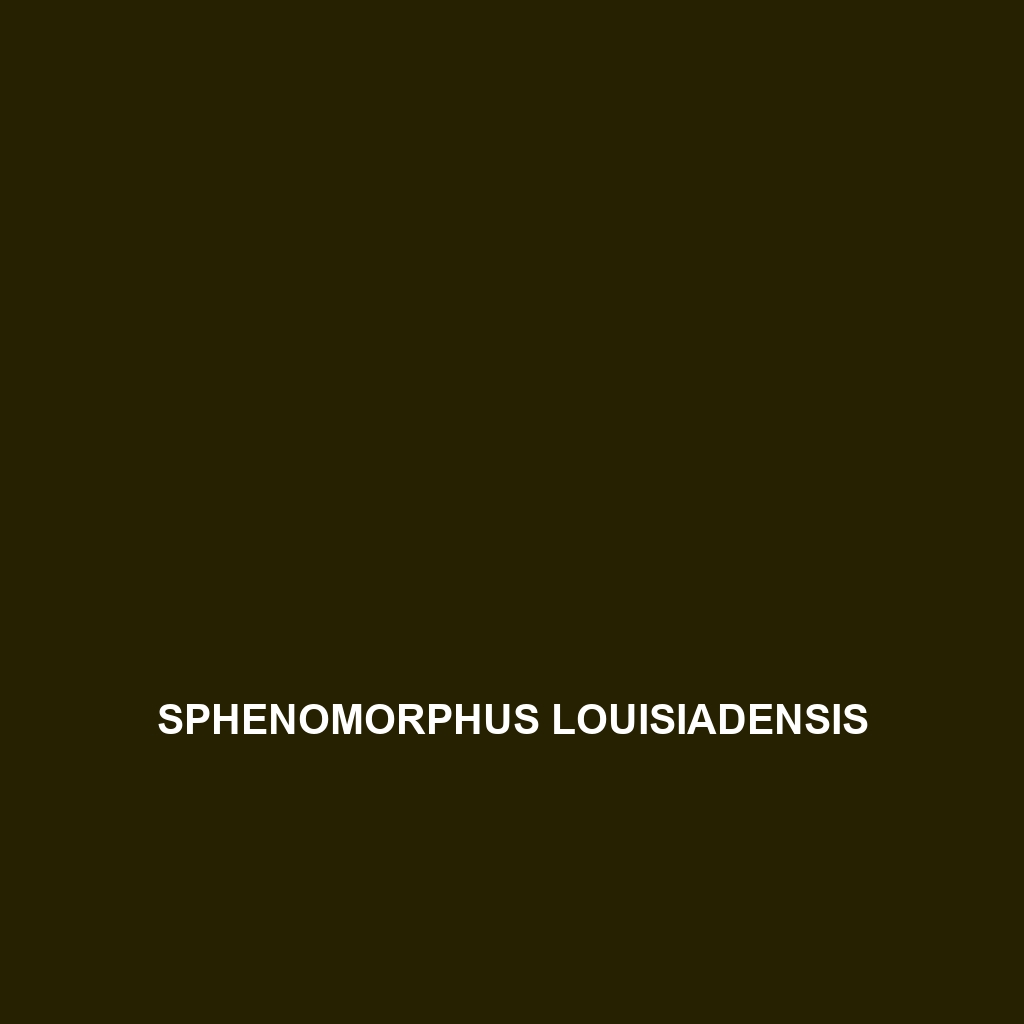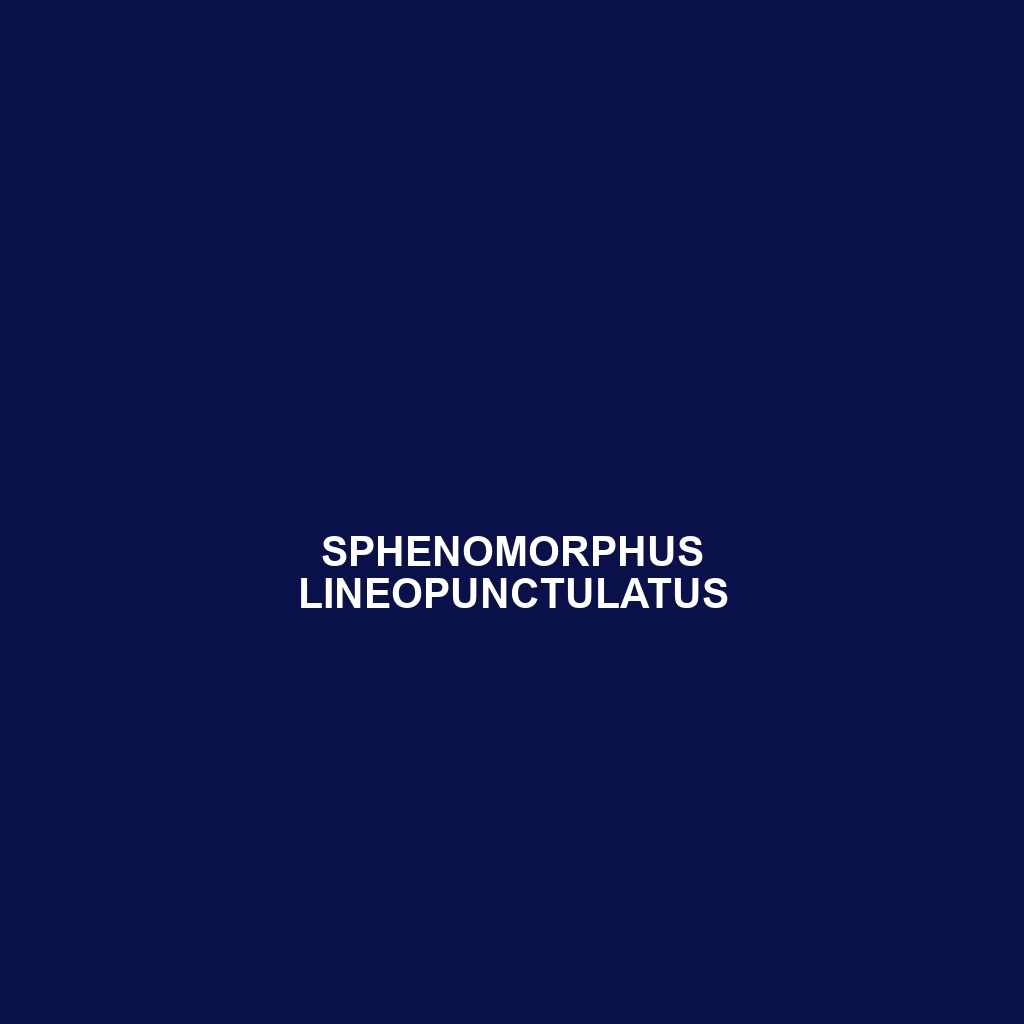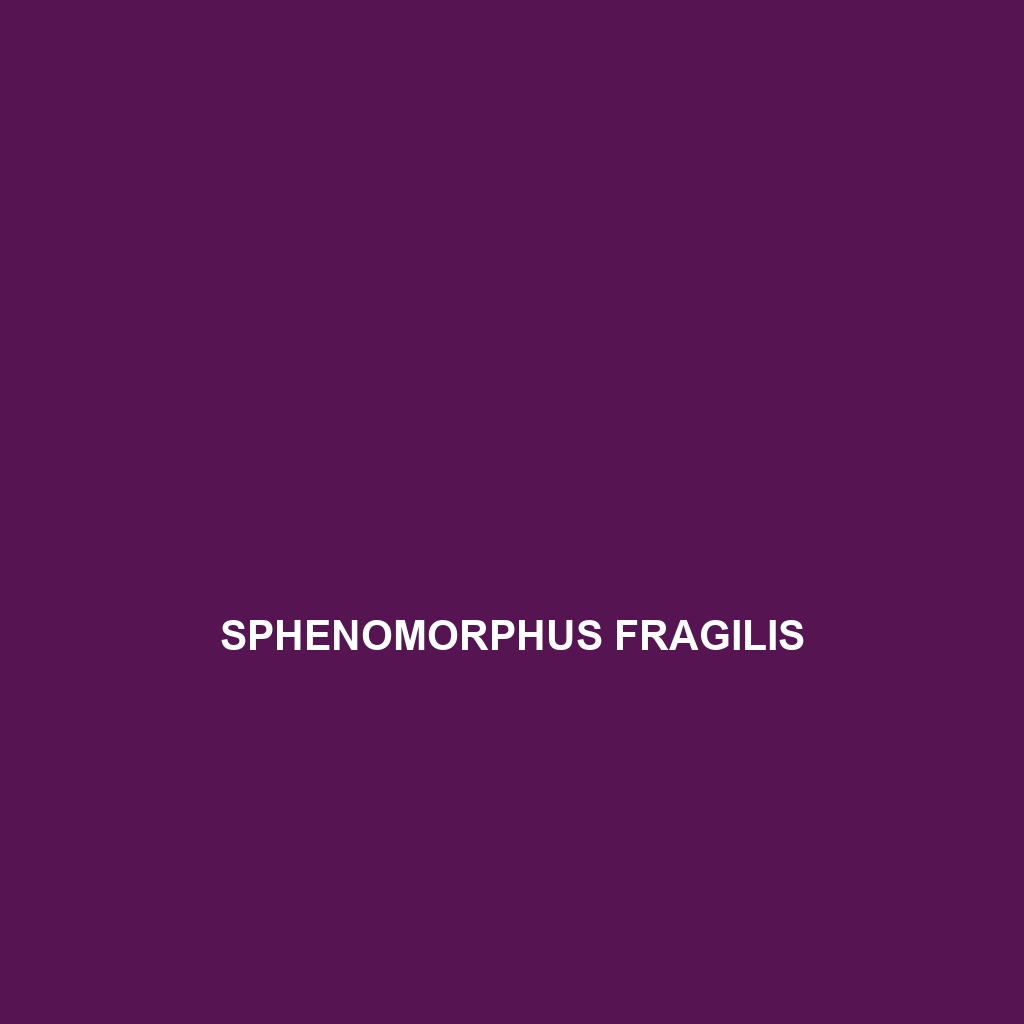Discover the stunning Modigliani skink (Sphenomorphus modiglianii), a vibrant insectivorous lizard native to Southeast Asia's humid tropical rainforests and savannas. Known for its sleek body, striking colors, and diurnal behavior, this species plays a crucial role in its ecosystem by controlling insect populations and serving as prey for larger predators.
Tag: skink reproduction
Sphenomorphus louisiadensis
Introducing the Sphenomorphus louisiadensis, or Louisade skink, a medium-sized lizard native to the Southwest Pacific's humid environments. Known for its sleek body with distinct stripes, this carnivorous species plays a crucial ecological role by controlling insect populations and serves as both predator and prey in its vibrant habitat.
Sphenomorphus longicaudatus
<b>Sphenomorphus longicaudatus</b>, commonly known as the long-tailed skink, is a diurnal insectivore found in humid, well-vegetated habitats across Southeast Asia. Recognizable by its elongated body and tail, this species exhibits remarkable agility and camouflage, playing a vital role in pest control and as a prey species within its ecosystem.
Sphenomorphus lineopunctulatus
Discover the striking Sphenomorphus lineopunctulatus, or striped skink, a small and agile lizard native to the rainforests of Southeast Asia. With its unique blend of brown and green hues, fine horizontal stripes, and insectivorous diet, this species plays a vital role in pest control and supports biodiversity in its habitat.
Sphenomorphus latifasciatus
<b>Sphenomorphus latifasciatus</b>, commonly known as the broad-banded skink, is a vibrant insectivorous species native to Southeast Asia's tropical rainforests, recognized for its sleek body, striking coloration, and agile movements. Measuring 10 to 15 cm in length, this skink plays a crucial ecological role by regulating insect populations and serving as prey for various predators.
Sphenomorphus jobiensis
<p><b>Sphenomorphus jobiensis</b>, commonly known as the Jobi skink, is a diurnal insectivore found primarily in the tropical rainforests of Papua New Guinea, characterized by its elongated body, vibrant coloration, and unique climbing abilities. This non-aggressive species plays a critical role in controlling insect populations while also being an essential part of its ecosystem's food web.</p>
Sphenomorphus helenae
<p><b>Sphenomorphus helenae</b>, commonly known as Helena's skink, is a diurnal omnivore found in the humid lowland rainforests of Southeast Asia. With an elongated, streamlined body measuring 20-25 cm, it exhibits stunning dark brown to greenish hues with lighter stripes, playing a crucial role in regulating insect populations within its ecosystem.</p>
Sphenomorphus grandisonae
<p><b>Sphenomorphus grandisonae</b>, also known as Grandison's skink, is a medium-sized reptile native to the tropical rainforests of Southeast Asia, characterized by its iridescent scales and ability to camouflage in leaf litter. This agile, diurnal species primarily feeds on insects and plays a vital role in regulating local insect populations while facing threats from habitat destruction.</p>
Sphenomorphus fragosus
Sphenomorphus fragosus, commonly known as the fringed skink, is a striking insectivore found in the rainforests of Southeast Asia, characterized by its smooth body, ranging from deep brown to vibrant green, and unique fringed scales. This agile species thrives in humid environments, playing a vital role in controlling insect populations while possessing remarkable camouflage and the ability to regenerate its tail.
Sphenomorphus fragilis
<b>Sphenomorphus fragilis</b>, commonly known as the fragile skink, is a slender, olive-brown skink found in Southeast Asia's humid rainforests. This diurnal insectivore thrives in dense vegetation and plays a critical role in the ecosystem by controlling insect populations and serving as prey for larger predators.









